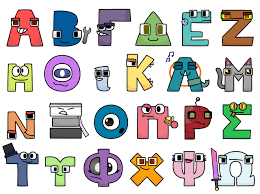Worksheet: Play With Patterns - 2 | Worksheets with solutions for Class 4 PDF Download
Q1: Fill in the blanks.
(i) Make patterns with numbers and letters:
(a) ABC, DEF, GHI, _____, _____, _____
(b) 28Z, 27Y, 26X, _____, _____, _____
(c) 864, 764, 664, _____, _____, _____
(d) 9, 109, 209, _____, _____, _____
(e) 2A3, 3B3, 4C3, _____, _____, _____
(f) 1, 22, 333, _____, _____, _____
(ii) Make a pattern with any numbers:
111, 222, 333, _____, _____, _____
(iii) Make a pattern without numbers:
ZYX, WVU, TSR, _____, _____, _____
(iv) Complete the pattern:
80, 70, 60, _____, _____, _____
(v) Complete the pattern:
50, _____, _____, 65, _____, 75, 80, _____
Q2: Answer the following Questions.
(i) Teenu wants to write to his friend ‘Good Morning’. What will he write by using the rule?
(ii) If we change the rule and write 1 in place of B, 3 in place of D and so on, then how will we write ‘Let us dance’?
(iii) The secret message of Kahuli is XFBSF GSJFOET. What is this secret message?
You can access the solutions to this worksheet here.
FAQs on Worksheet: Play With Patterns - 2 - Worksheets with solutions for Class 4
| 1. What are some common types of patterns found in math? |  |
| 2. How can I identify a pattern in a sequence of numbers? |  |
| 3. Why are patterns important in mathematics? |  |
| 4. How can I practice recognizing patterns effectively? |  |
| 5. What role do patterns play in real-life applications? |  |
















